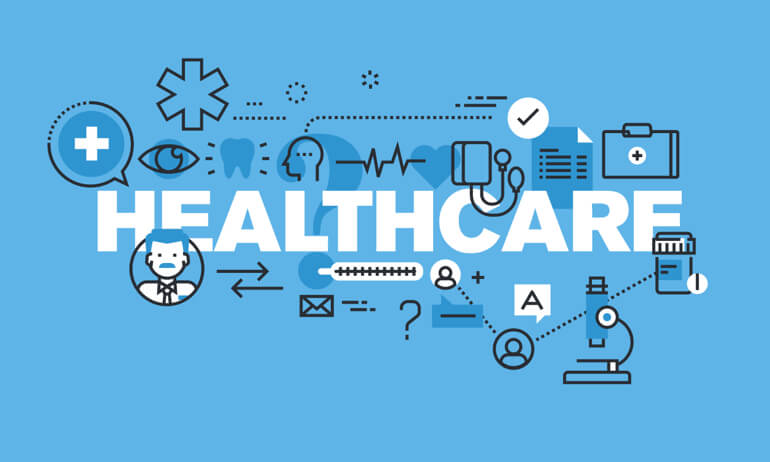When was the last time you went to a restaurant because a website ad told you the lasagna was the best you’ll ever have?
Probably never.
But if your friend told you the same thing, chances are you’d make a reservation, right?
Marketing automation has become a favorite way for advertisers and businesses to drill down on their ideal customer. Mining data from their online behavior about their likes and dislikes, where they live, how much they spend and their shopping preferences, automation enables marketers to easily send just the right message to just the right person to motivate them to make a purchase.
So how can this approach work for healthcare?
Making an appointment to see a doctor is obviously different from visiting a restaurant. While the latter can be motivated by a strategically placed ad, no one’s going to the cardiologist because something spontaneously popped up on their screen.
When they do need to make that appointment, they make decisions quickly and believe someone they trust.
Like the friend who recommended the lasagna.
So how do you become that trusted “friend” before anyone asks you for your opinion? Here are a few things healthcare providers can do:
- Become their resource: Healthcare consumers crave information—and they’re looking online for it. Make your practice the one to give it to them and a stronger local presence is sure to follow. From lifestyle tips (“heart-healthy eating options”) and how-to pieces (“how to help combat those back-to-school jitters”) to disease prevention, diagnosis and recovery, creating a library of content (and delivering it at the appropriate time) can help you begin to make those all-important connections with prospective patients and strengthen your relationships with existing ones.
- Give them information in bite-sized pieces: Chances are, you could write hundreds (if not thousands) of words on a particular topic. Don’t. Keep each piece of content you deliver short (around 300 words, maximum). This not only is more practical for your practice (think how many different pieces of content you can produce), it’s more digestible to your targets—and that’s the main reason. And don’t think you’re tied to written content only. Video can be an even better way to engage with consumers online. But again, keep it short—producing several 15- or 30-second “tips” is a much more effective approach than creating one video that’s several minutes long.
- Build your online reputation: While being that trusted “friend” is the ultimate goal, in the meantime, it’s important to rely on those who already hold that title. The overwhelming majority of patients say that online reviews are their first step to finding a new doctor, which makes an effective online reputation management strategy—where you control what consumers see when they Google your name—critical to today’s healthcare practice.
- Reinforce your identity in other places: A PR campaign can secure earned media placements in newspapers, TV and on radio that can create additional touchpoints for your brand and your expertise. Bylines in respected publications can carry an imprimatur of excellence.
- Be there when they’re ready to take action: Is your site optimized and mobile-friendly? Does it provide helpful information like a phone number, office hours and directions? Can you make an appointment online—or even just request one via email? (If a call to your office is required, make sure the person answering the phone is armed with the right information and expertise.)
Done right, healthcare marketing really can be like lasagna: Bringing just the right ingredients together in a perfectly layered assembly to make a finished product that satisfies everyone.










